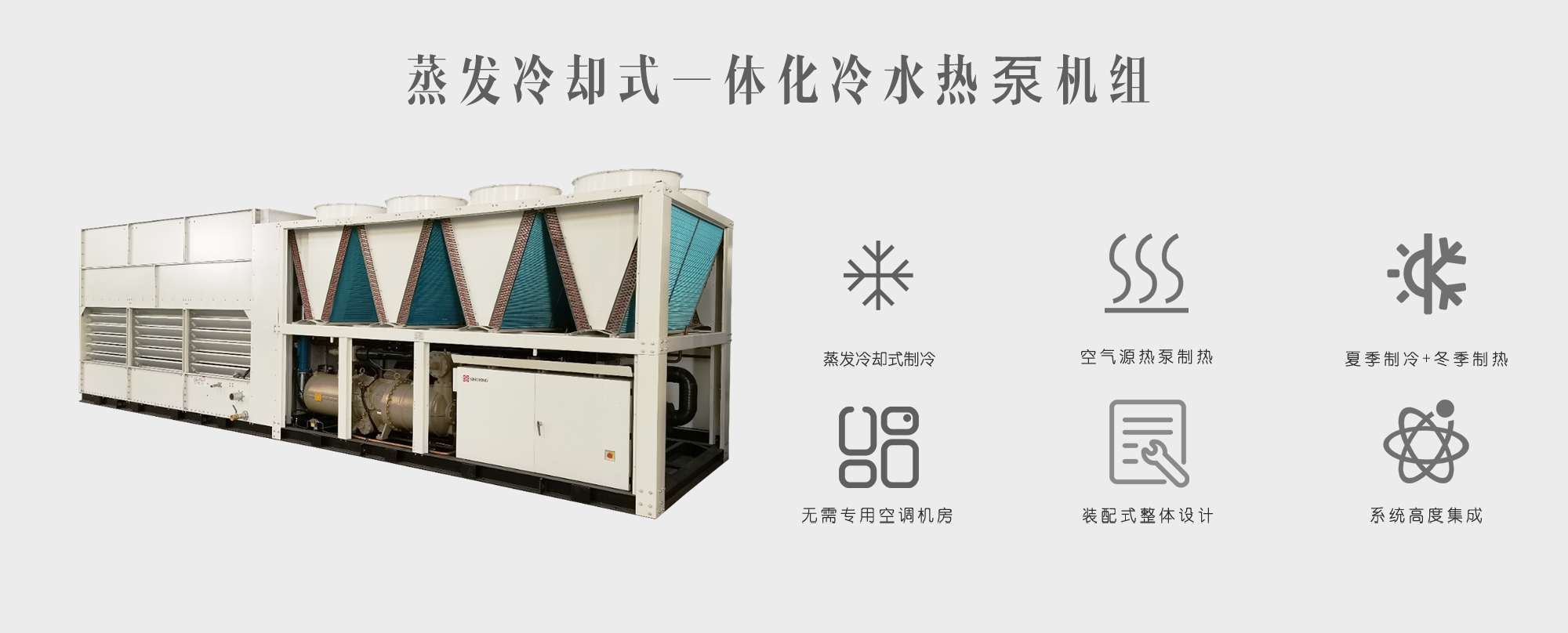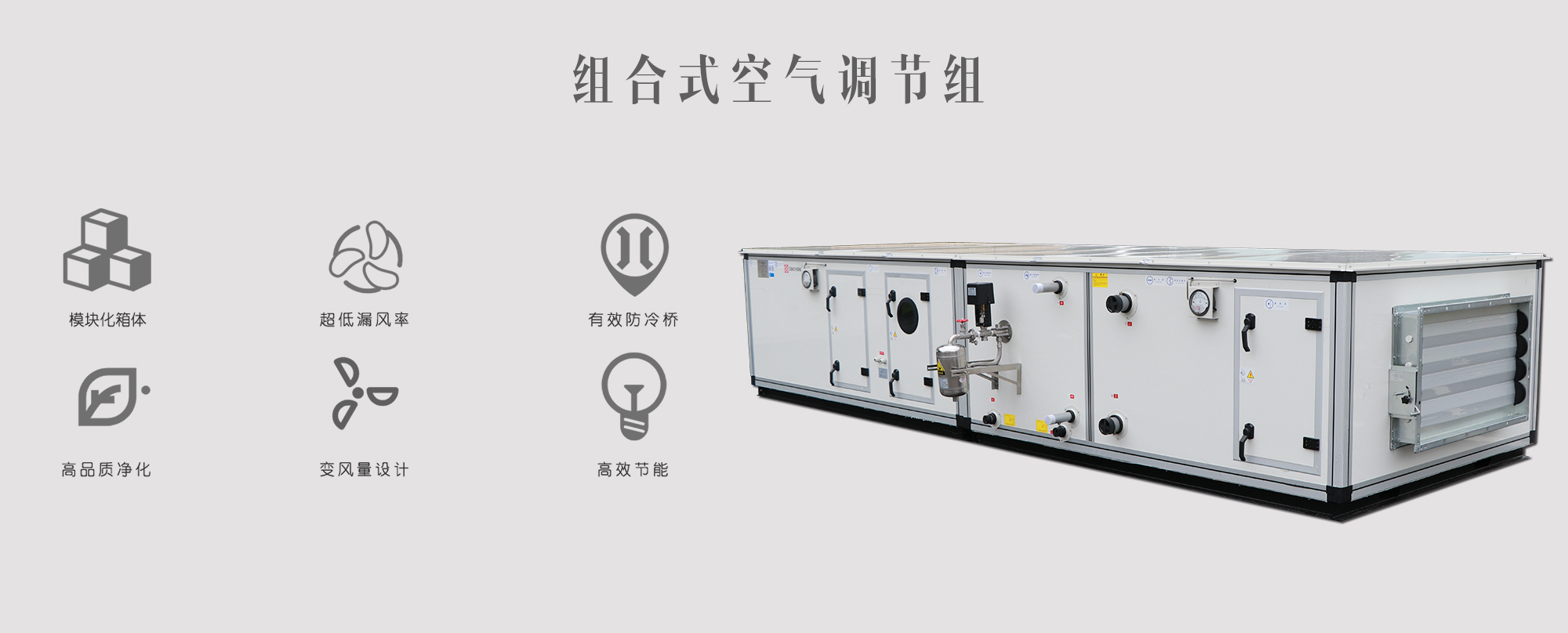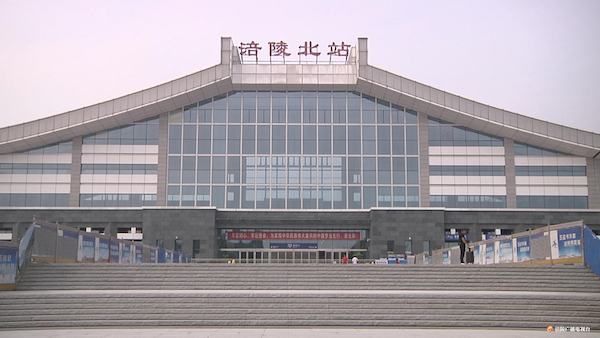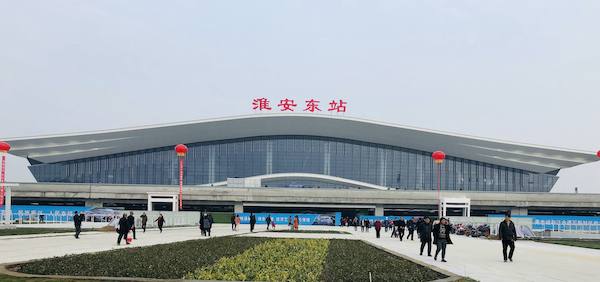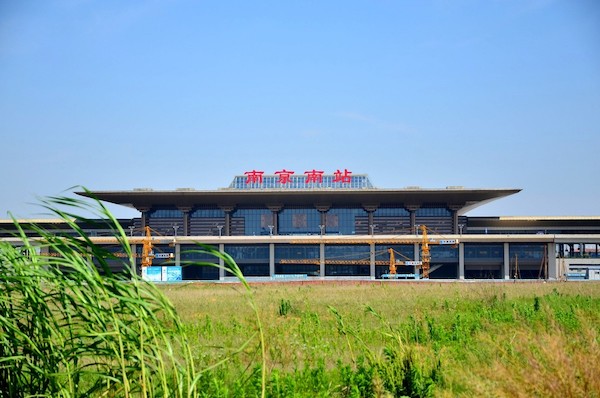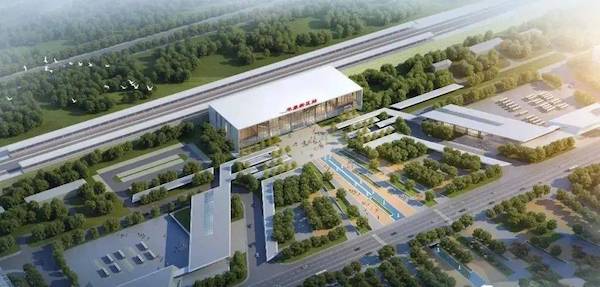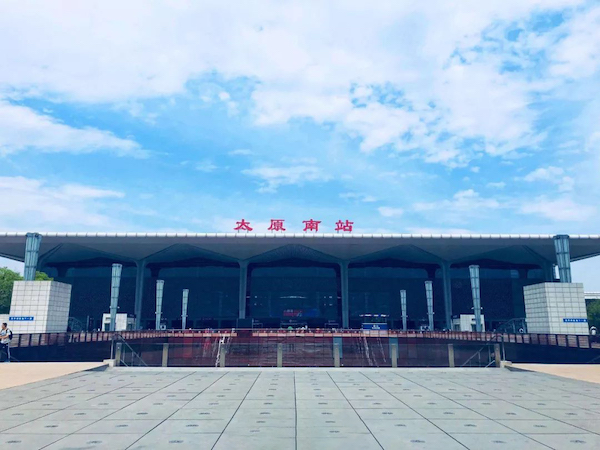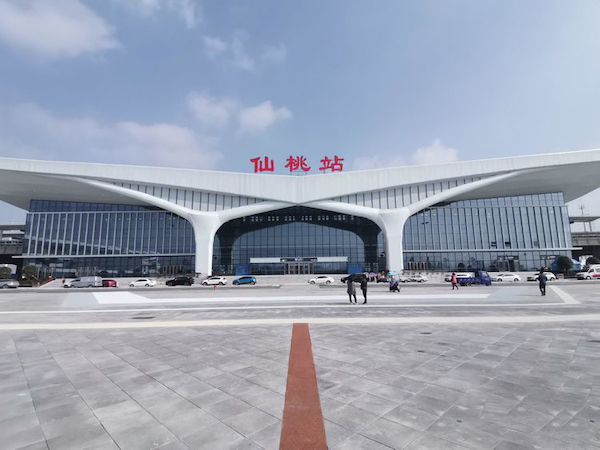Railway passenger stations are important urban infrastructure and transportation hub buildings, playing a strategic role in urban development and urbanization. In recent years, with the advancement of science and technology and the development of transportation, rail transit has become a common mode of daily travel. Currently, various high-speed railway station buildings are typically in large-space structures, with some large and extra-large stations having waiting halls spanning dozens of meters, which have a small building shape coefficient and minimal impact of the envelope structure. Due to visibility and lighting requirements, stations usually have skylights or side windows, making solar radiation a significant factor affecting the indoor environment. People and equipment are concentrated at the bottom, forming the primary indoor heat source. The high passenger flow in railway stations leads to fluctuating demands for cooling and heating capacity in air conditioning systems, and remote jet nozzles are often used for long-distance air supply in air conditioning terminals.
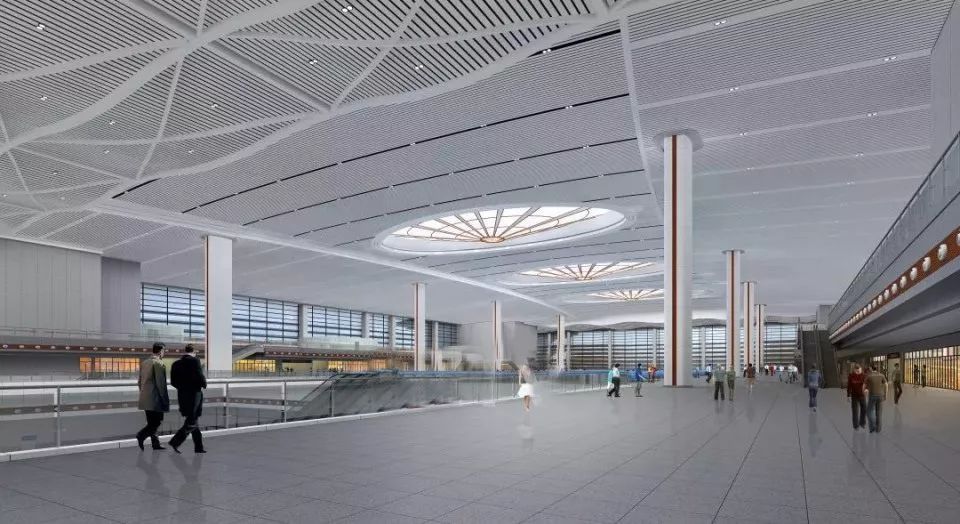
Railway stations, with the characteristics of large indoor spaces, significant cooling and heating loads, and high variability in cooling and heating loads, require adequate fresh air supply based on passenger flows. Railway stations demand high-performance ventilation, air conditioning, and heating systems that are reliable, energy-efficient, low-noise, stable, modular, compact, and miniaturized.
SINO KING recommends an intensive air conditioning system solution for railway stations: an evaporative cooling integrated heat pump unit that employs the most efficient heat exchange evaporative cooling technology. In summer, it works in cooling mode and uses evaporative cooling water to dissipate condenser heat from the compressor refrigeration system. In winter, it employs the air-source heat pump technology with a customized design to accommodate the heating needs across China's vast geographic regions. The system integrates intelligent control systems such as the compressor refrigeration cycling system, water treatment system, variable flow hydraulic module system, and automatic cooling/heating switching system, and thus achieves engineering productization, miniaturization, modularization, and intelligence of air conditioning equipment rooms.

